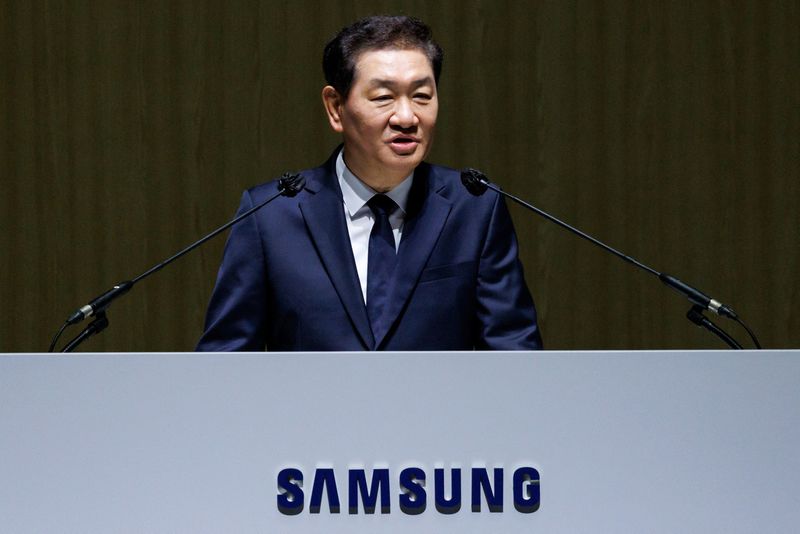Eli Lilly Sees 32% Revenue Growth in 2024 Driven by Increased Demand for Obesity Treatments; Novo Nordisk Reports 25% Growth
 |
| Obesity treatments like Wegovy and Zepbound are driving significant revenue growth for pharmaceutical giants Eli Lilly and Novo Nordisk. |
The pharmaceutical industry has seen significant growth driven by the rising demand for obesity treatments. GLP-1 (glucagon-like peptide-1) drugs, such as Eli Lilly's Zepbound and Novo Nordisk's Wegovy, have taken the global market by storm. These blockbuster medications have driven remarkable revenue growth for the companies behind their development, with Eli Lilly and Novo Nordisk reporting double-digit increases in sales for 2024.
According to the latest reports from the pharmaceutical industry, Eli Lilly saw a 32% increase in its revenue in 2024, reaching $45.04 billion. This surge was driven by strong sales of Zepbound, a new obesity treatment, and the diabetes medication Mounjaro. Eli Lilly's Zepbound, launched at the end of 2023, has rapidly gained market share, particularly in the United States. The drug’s sales for the year amounted to $4.93 billion, nearly tripling from the previous year.
Zepbound has gained traction following a study released in the latter half of 2024, which showed that the drug was 47% more effective than Wegovy in promoting weight loss. With approval for use in China and Japan in 2023, Zepbound’s reach continues to expand, and it is expected to be available in the South Korean market by May 2025.
Meanwhile, Eli Lilly’s Mounjaro, a new diabetes drug, also contributed to the company's growth, with sales reaching $11.54 billion—an increase of 124% compared to the previous year. Mounjaro was recently introduced to the Chinese market, although initial sales are expected to be limited due to supply constraints. However, Eli Lilly is confident that supply issues will soon be resolved, allowing for increased sales in the coming year.
Eli Lilly's CEO, David Ricks, expressed optimism about the future, forecasting that the company’s revenue could reach as high as $61 billion in 2025. He emphasized that while growth will be gradual and not always linear, the company expects robust performance for at least the next decade, bolstered by increasing production capacity.
Similarly, Novo Nordisk, the maker of the highly successful obesity drug Wegovy, also reported impressive financial results. In 2024, Novo Nordisk’s revenue increased by 25%, reaching 290.43 billion Danish kroner. Wegovy, a blockbuster drug for weight loss, contributed significantly to this growth, with sales hitting 58.2 billion Danish kroner—an 86% increase from 2023. The fourth-quarter results showed an even more remarkable 107% increase in Wegovy’s sales.
The demand for Wegovy has been particularly high in key markets like the United States, Europe, China, and the Middle East. Additionally, Novo Nordisk saw a 153% increase in sales from regions outside of these primary markets, amounting to 6.26 billion Danish kroner. Their other GLP-1 drug, Ozempic, which is primarily used for diabetes management, also saw a 12% increase in sales, totaling 120.34 billion Danish kroner.
Novo Nordisk’s oral GLP-1 drug, Rybelsus, also contributed to its strong performance, reporting a sales increase of 18%, totaling 6.92 billion Danish kroner in 2024. To further strengthen its portfolio, Novo Nordisk is in the process of developing a next-generation obesity treatment called Cagrisema, which combines semaglutide—the active ingredient in Wegovy—with a long-acting amylin analogue called Cagrilintide. The company is hopeful that Cagrisema will continue to build on the success of its current treatments.
Novo Nordisk’s CEO, Lars Fruergaard Jørgensen, shared that the company is pleased with the growth in 2024, particularly given the increasing number of people benefiting from their treatments. He further mentioned that the company would focus on expanding production, advancing research and development, and scaling its commercial efforts in 2025.
Both Eli Lilly and Novo Nordisk are optimistic about the future of obesity treatments, with supply and production capacity playing key roles in sustaining growth. As the market for obesity drugs continues to expand, both companies are poised to continue leading the way in providing effective treatments for people struggling with obesity and related diseases.



Comments
Post a Comment